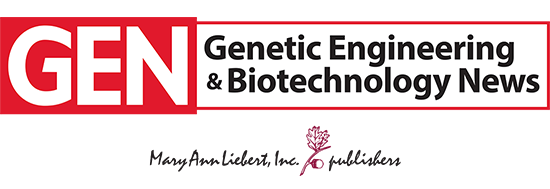Age acceleration—or the differences between biological and chronological age—in the brain can reveal insights about mechanisms and normal functions of the brain. It can also explain age-related changes and functional decline, as well as identify early changes related to diseases, indicating the onset of a brain disorder. Algorithms represent an entirely new paradigm for assessing aging and neurodegeneration in human samples and can easily be deployed at scale in clinical and translational research laboratories. Now, researchers at Mount Sinai say they have developed an algorithm using artificial intelligence called “HistoAge” which predicts age at death based on the cellular composition of human brain tissue specimens with an average accuracy of within 5.45 years. Their tool may also identify neuroanatomical regions vulnerable to age-related changes, an indicator of potential cognitive diseases.
Their findings are published in Acta Neuropathologica in an article titled, “Histopathologic Brain Age Estimation via Multiple Instance Learning.”
“Understanding age acceleration, the discordance between biological and chronological age, in the brain can reveal mechanistic insights into normal physiology as well as elucidate pathological determinants of age-related functional decline and identify early disease changes in the context of Alzheimer’s and other disorders,” wrote the researchers. “Histopathological whole slide images provide a wealth of pathologic data on the cellular level that can be leveraged to build deep learning models to assess age acceleration. Here, we used a collection of digitized human post-mortem hippocampal sections to develop a histological brain age estimation model.”
The researchers examined a collection of over 700 digitized images of slides with human hippocampal sections from aged brain donors to develop the histological brain age estimation algorithm. They used the difference between the model-predicted age and actual age to derive the amount of age acceleration in the brain.
When compared with current measures of age acceleration, the researchers observed that HistoAge-based age acceleration had stronger associations with cognitive impairment, cerebrovascular disease, and the levels of Alzheimer’s-type abnormal degenerative protein aggregation. Their study found that the HistoAge model is a reliable, independent metric for determining brain age and understanding factors that drive neurodegeneration over time.
Looking toward the future, the researchers will next build a multicenter collaboration to develop a large AI-ready dataset that will be used to develop even more AI models that have the potential to transform and enhance our understanding of brain diseases.



